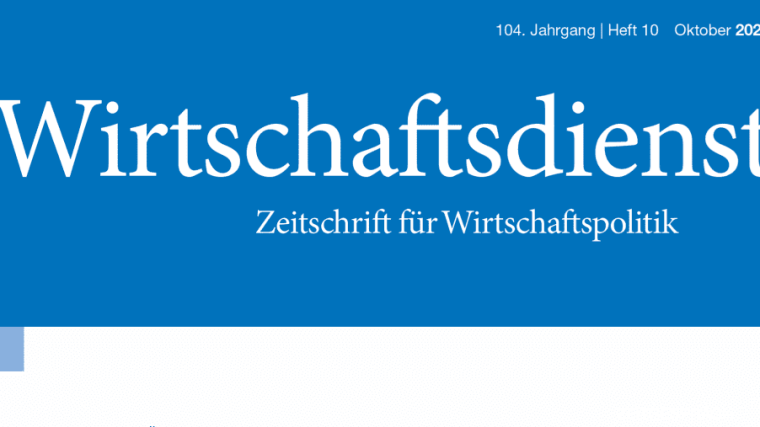
Published:
Article by Silke Uebelmesser and Claudio Thum published in Wirtschaftsdienst
The Pension Package II aims to secure the pension level at 48% until 2039, with no upper limit for the contribution rate. As a result, contributors and taxpayers will bear the demographic burden alone, as the sustainability factor, which provided for burden-sharing between pensioners and contributors, will be abolished. The development of pensions will then once again follow wage trends directly, which also means that contributors will not be relieved of the burden by productivity increases. The generational capital is intended to dampen contribution rates from 2036, but the effect will be too small for a sizeable effect. In addition, rising government spending, for example on health insurance and defence, will place a further burden on the public budget. It is to be expected that major corrections to overall government spending, including the welfare state, will be necessary. This makes it all the more important to stress that old-age provision increasingly requires personal responsibility in the form of private and occupational provision. However, critics fear that the supposed security of the pension package will weaken the incentive to make these provisions. This would be one of the biggest negative effects of the package, especially for the younger cohorts.
See here External linkfor the article (in German).